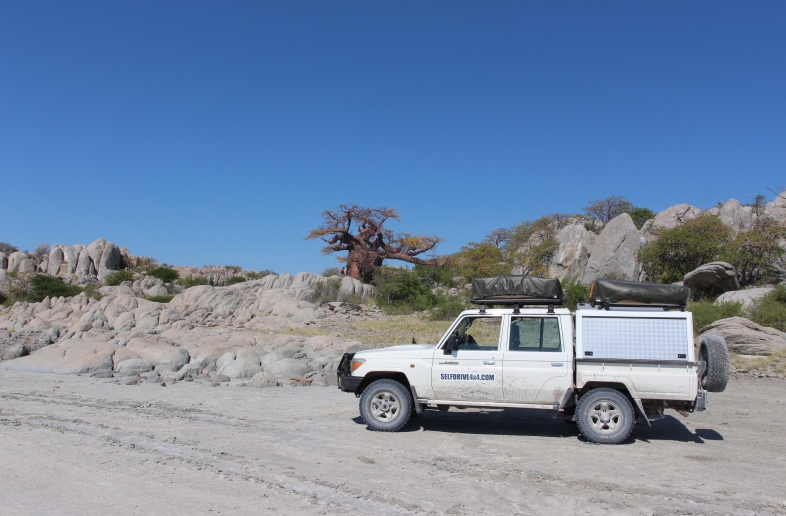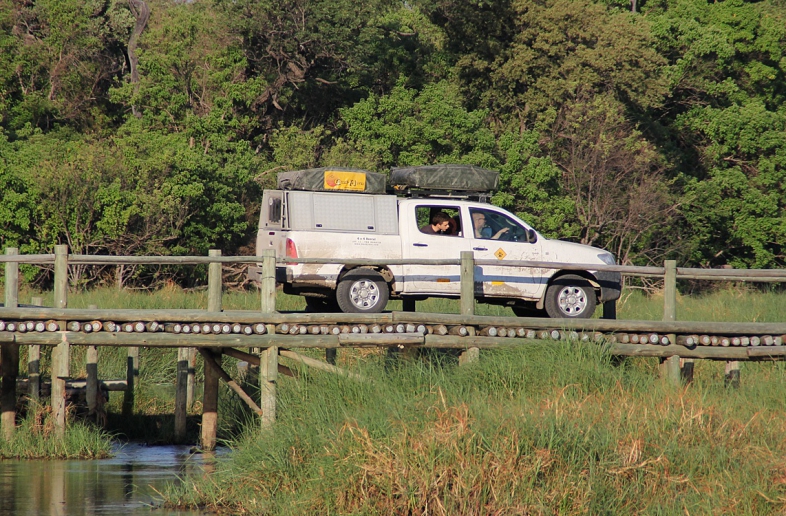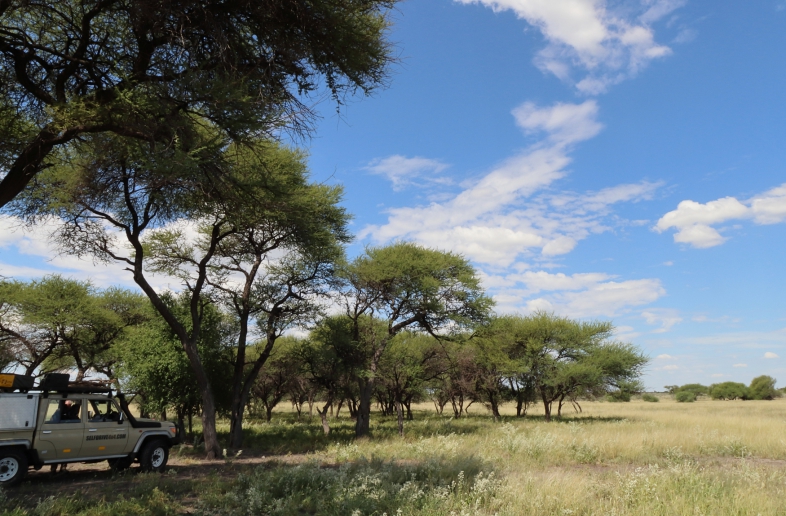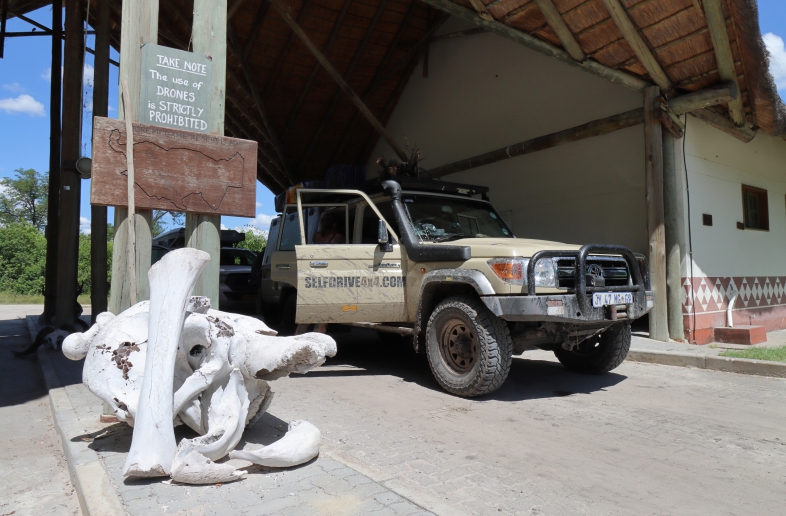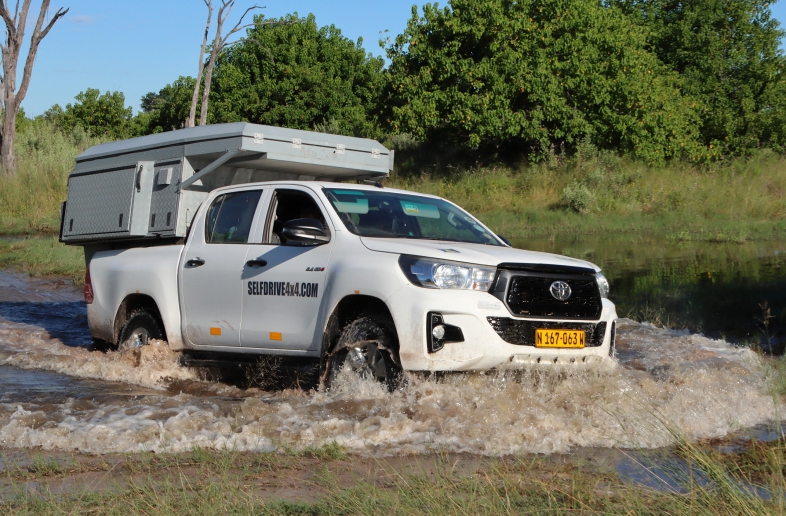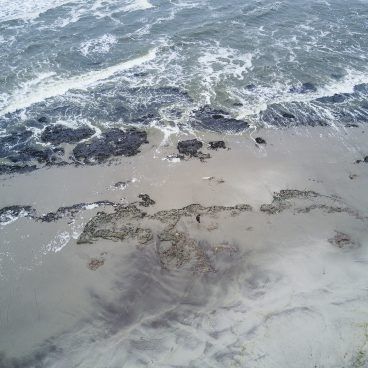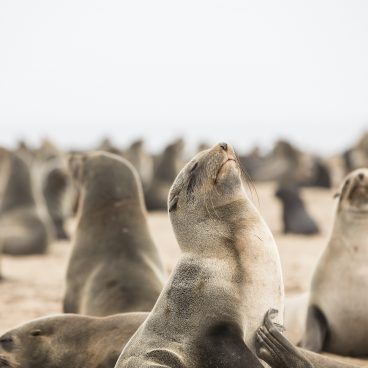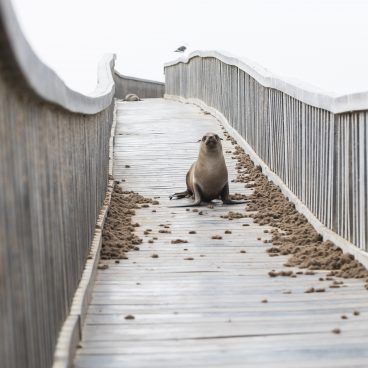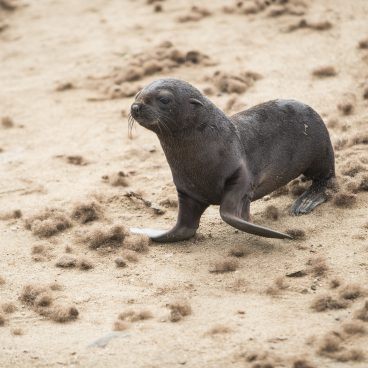Cape Cross
In 1486 the Portuguese navigator, Diego Cão, became the first European to set foot on Namibian soil. The limestone cross or padrão that he planted on the rocky promontory served as a landmark for early navigators for over four centuries until it was relocated to Germany in January 1893.
It was replaced with a granite cross in 1895 and in 1980 an authentic replica of Cão’s cross was unveiled on the exact spot where the original padrão stood.
Cape Cross is one of the largest of the 16 breeding colonies of Cape Fur seals along the Namib Coast. The population fluctuates between 80 000 and 260 000 and the deals can be observed at close quarters from behind a low stone wall. Activity at the colony increases from mid-October when the bulls establish their territories. Most of the cows give birth from around the end of November to early December.
Cape Cross is open daily and permits can be obtained on arrival. Picnic facilities are available, but the duration of your stay will largely be dictated by the direction of the wind and the pungent smell of the seals. Alternatively, you can enjoy a light snack or meal at the adjacent Cape Cross Lodge.
The Cap Fur Seal, as mentioned above, is only one of southern Africa’s three species of fur seals that breed in the subcontinent. The name ‘fur seal’ is used to distinguish it from the family of true seals. The average female weights 75kg while bulls have an average body mass of 187kg which can increase to 360kg just before the start of the rut. Fish account for 70% of their diet, followed by squid, octopus and cuttlefish.
Cape Cross is an ideal destination for those interested in photography, history, geology and the desert flora.



